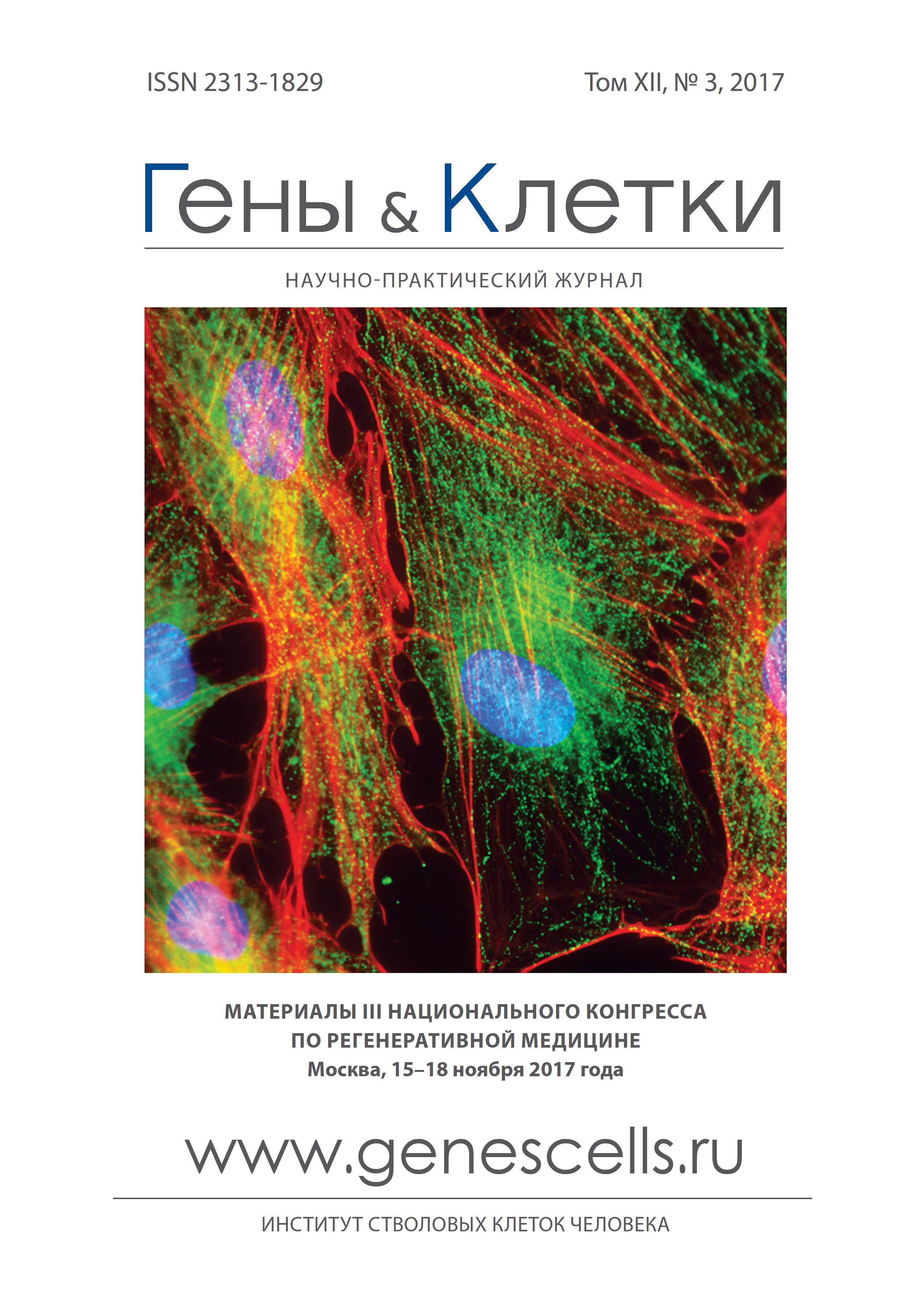SPECTRAL LUMINESCENT PROPERTIES OF PHOTOSENSITIZERS’ NANOCRYSTALS AS HYDROXYAPATITE IMPLANT SURFACE COATING
- Autores: Maklygina Y.S1, Sharova A.S2, Balla U.K3, Loschenov V.B1
-
Afiliações:
- GPI RAS
- MEPhI
- CSIR-Central Glass and Ceramic Research Institute
- Edição: Volume 12, Nº 3 (2017)
- Páginas: 18-18
- Seção: Articles
- ##submission.dateSubmitted##: 05.01.2023
- ##submission.datePublished##: 15.09.2017
- URL: https://genescells.ru/2313-1829/article/view/120761
- DOI: https://doi.org/10.23868/gc120761
- ID: 120761
Citar
Texto integral
Resumo
The spectral luminescent properties of developed by us coating for the hydroxyapatite implants were experimentally investigated in this study. Crystalline photosensitizer nanoparticles with photobactericidal properties were used as an implant coating. This research opens the prospect of such technology application in order to provide the local inflammatory and autoimmune reactions prevention in the area of implantation. Introduction Surgical intervention with subsequent implantation is a difficult process in terms of post-operative recovery, preventing of inflammatory responses and the implant rejection processes. Currently, the most promising methods for the bactericidal effect achievement in the area of implantation are physical methods, particularly antimicrobial photodynamic therapy. This method shows a pronounced photobactericidal activity and anti-inflammatory effect. Antimicrobial photodynamic therapy also prevents the dystrophic and sclerotic processes that can effectively reduce the risk of implant rejection and accelerate biointegration. Materials and methods The most perspective material, which is widely used in the field of clinical implantation our days, is hydroxyapatite. Hydroxyapatite is characterized by high stability, bioactivity and biocompatibility. The photosensitizers in nanoform are used as effective photobactericidal substances for implant coating, which do not exhibit their photodynamic activity in the absence of inflammatory agents. Meso-tetra(3-pyridyl)bacteriochlorin (Bch NPs) and non-sulfonated aluminum phthalocyanine (AlPhc NPs) were investigated as photosensitiz ers, that can provide the greatest penetration depth of photodynamic treatment. Test compounds have the absorption peak in the near infrared and red ranges, respectively. Such spectral medicines' features correspond to the maximum optical transparency region of biological tissues that considers Bch NPs and AlPhc NPs to be the most promising photosensitizers, especially in monitoring of pathological processes with deep localization. The luminescence spectra of Bch NPs and AlPhc NPs were examined with the use of a fiber spectrometer LESA-01-”BIOSPEC” (in the range of 0.4+1.1 μm) in various conditions including the interaction with surface hydroxyapatite molecules. The excitation of nanoparticles was realized by laser radiation sources with power density of ~100 mW/cm2 and λ = 532 nm, 632.8 nm wavelengths, selected in accordance with photosensitizers absorption spectra maximums. Results The analysis of the luminescence spectra dynamics for the both types of crystalline nanoparticles have shown that initially inphotoactive photosensitizers' nanocrystals acquire the ability to luminescence in interaction conditions with hydroxyapatite surface molecules. However, the luminescence peaks intensity varies over time under the influence of the exciting laser radiation. Conclusion The possibility of the nanoparticles activation on the surface of covered implant was proved during the study. The activity level of nanoparticles was estimated by the control of photoluminescence intensity. Based on the research it was concluded that the photosensitizers' nanoparticles interact both among themselves and with a complex porous structure of the implant. The findings of the study suggest this technology promising in order to create implants with photobactericidal properties.
Texto integral
Sobre autores
Y. Maklygina
GPI RAS
A. Sharova
MEPhI
U. Balla
CSIR-Central Glass and Ceramic Research Institute
V. Loschenov
GPI RAS
Bibliografia
Arquivos suplementares









